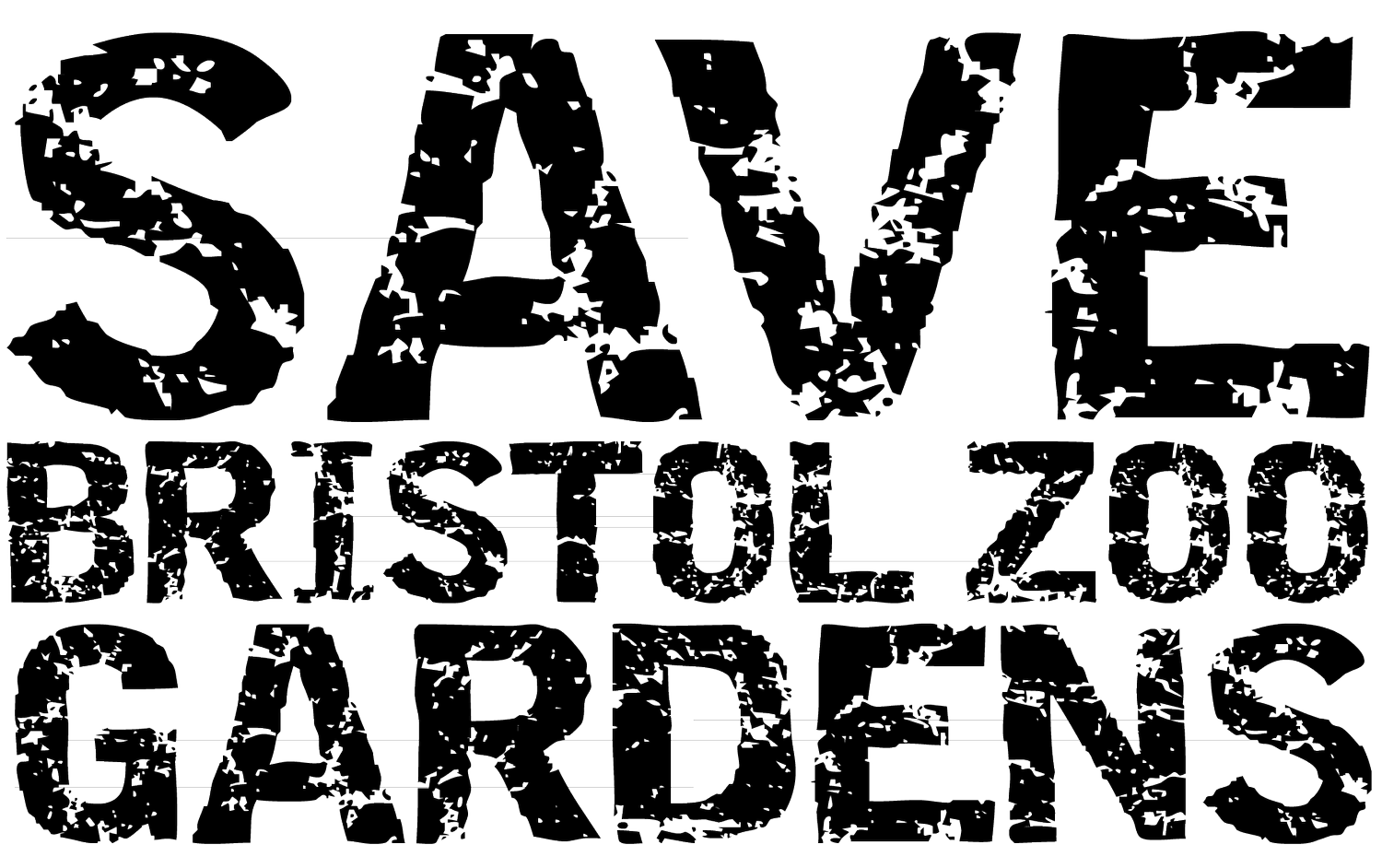
The faulty case for closing
From research and conversations with people involved, it turns out there’s much to question about the Zoo’s position, strategy and actions. Here we look at some of the Zoo’s PR and what we found. The facts and figures are all taken from the Zoo’s own publications.
-
Visitor numbers down?
Obviously the Zoo suffered like everywhere else during Covid restrictions, but they always attracted over 500,000 each year to Covid. This is down from the heydays of the 1960’s and 70’s, but is more than enough to be viable. The numbers compare favourably with other zoos (e.g. Dublin) and are higher than any other attractions (e.g. We The Curious attracts about 250,000 a year).
The Zoo’s stated target is to attract 800,000 visitors a year, but they were already doing this between their two sites in 2019. They have shot themselves in the foot by closing Clifton and relying on Wild Place which will take many years to build up.
-
Financial dire straits?
In the nine years up to 2020, the Zoo reported annual profits of between £200k and £1.8m, with one year in balance and one year in deficit. The most profitable reported years were in 2017-2019. We say: congratulations! and ask: Why could this trend not continue?
Losses were reported for the two Covid-affected years but the Zoo also received a business interruption insurance payout of £2.5m. Since 2016, the Zoo’s income has consistently been over £10m with a £13.6m peak in 2018.
The Zoo also has financial reserves in place as well as its substantial capital assets.
-
We had no choice?
The financial and visitor numbers do not support the closure. The bump of Covid seems to have had little impact. With sufficient will, there seems no good reason the Society shouldn’t continue to operate the Clifton site.
The suspicion is that they have become tired of the old site and its limitations and crave the opportunities and novelty of expanding the Wild Place. Furthermore they may feel that the two sites are in competition and the Wild Place cannot succeed unless Clifton dies. But this is not true. Even among Zoos, London and Whipsnade operate in just such a compatible and constructive relationship.
Whatever the reasoning, the sole driver seems to be financial and the belief that realising as much as £40-50m from the Clifton site will solve all their problems. It is more likely the Zoological Society will take a major reputational hit and will be viewed like those football clubs that move miles from their city roots.
-
Animals will go to Wild Place?
This is one of the biggest falsehoods: one of the major selling points of the new strategy was that all the animals would get bigger, more comfortable accommodation at Wild Place.
According to trusted sources, including keepers at the Zoo, the numbers look like this. There are about 30,000 living things at the Zoo, including a lot of insects. Of this total, only a tiny percentage will move to the Wild Place and the rest will be distributed to other Zoos. Of the large mammal species, only one or two will move to the Wild Place. The lions and seals for example, currently have no home to go to.
It’s not out of the question that some may have to be put down if no home can be found
-
Creating new homes for Bristol?
Bristol does need new homes but overwhelmingly in socially deprived areas. Do not doubt for a moment that these will be nothing but luxury apartments at the Zoo Gardens - the agent is Savills, after all - and nothing to do with social housing.
The current design includes ‘20% affordable housing’. This term is not legally defined but usually means 80% of market rent. So your luxury flat at the Zoo might only cost £2Kpcm instead of £2.4K Not much use for key workers. In any case, developers almost always argue this 20% down, often to 0%.
-
Vote to sell: unanimous?
Much of the voting happened during Lockdown with discussions and voting on Zoom. The vote was not unanimous, there were dissenters and abstainers. The Trustees’ vote was unanimous; it was never announced what the threshold was for shareholders or how many voted.
Of those in favour, many now say they were supporting the management's recommendation (as is often the case with conservative shareholders) while others say that they felt railroaded into support on the basis of the provably false premises.
-
Zoo always planned to close?
This has only become the plan in the last two years under the supposition of financial ruin. But the strategic plan to 2025 can still be found online and in here, and in all the Annual Reports, the plan was always to keep operating two successful and complementary sites.
-
Need to maximise profits?
The Zoo has to maximise its profits. It is the duty of Trustees to operate the charity viably and to realise maximum value for any assets. What can be argued is whether ‘value’ only means financial value or whether they are allowed to take a wider definition of ‘value’ to include ethical and social considerations.
